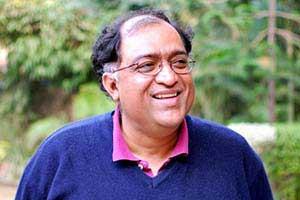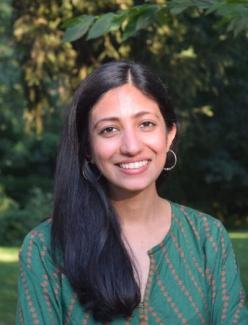Subnational variation in gender gaps in voter turnout
Pakistan’s 2018 General Elections resulted in 11 million fewer women voting than men, one of the largest gender gaps in voter turnout in general elections. Previous studies have identified informational gaps, male gatekeeping and social norms as barriers to equal participation but there is limited evidence explaining substantial subnational variation in turnout which this project aims to address.
Among electoral democracies, Pakistan has one of the largest gender gaps in voter turnout in national elections. In the 2018 General Elections, 11 million fewer women than men voted. Existing research shows that participatory gaps can have important distributive consequences, especially when men and women’s political preferences diverge.
Field and survey experimental studies conducted since 2008 elections in Pakistan have identified the role of informational gaps, male gatekeeping of women’s participation and social norms as key barriers to women’s equal participation. These studies provide evidence on specific subnational cases within Pakistan and are limited in their ability to answer the question of what explains substantial subnational variation in women’s turnout. This project aims to address this gap in evidence.
The Election Commission of Pakistan (ECP), along with civil society organisations, has been working to address issues of gender equality in electoral processes and administration. The upcoming launch of ECP Research and Development Wing poses an opportunity to strengthen this effort through an evidence-based approach. This project will generate actionable evidence and help identify a set of most promising strategies to improve women’s turnout in upcoming general and local elections in Pakistan.
The project will involve descriptive analysis of spatial variation in gender gaps in turnout using administrative data from past elections, along with fieldwork conducted in constituencies with high and low past rates female voter turnout in the form of scoping visits and semi-structured interviews with key informants including poll workers, election agents and party workers in the constituencies.



